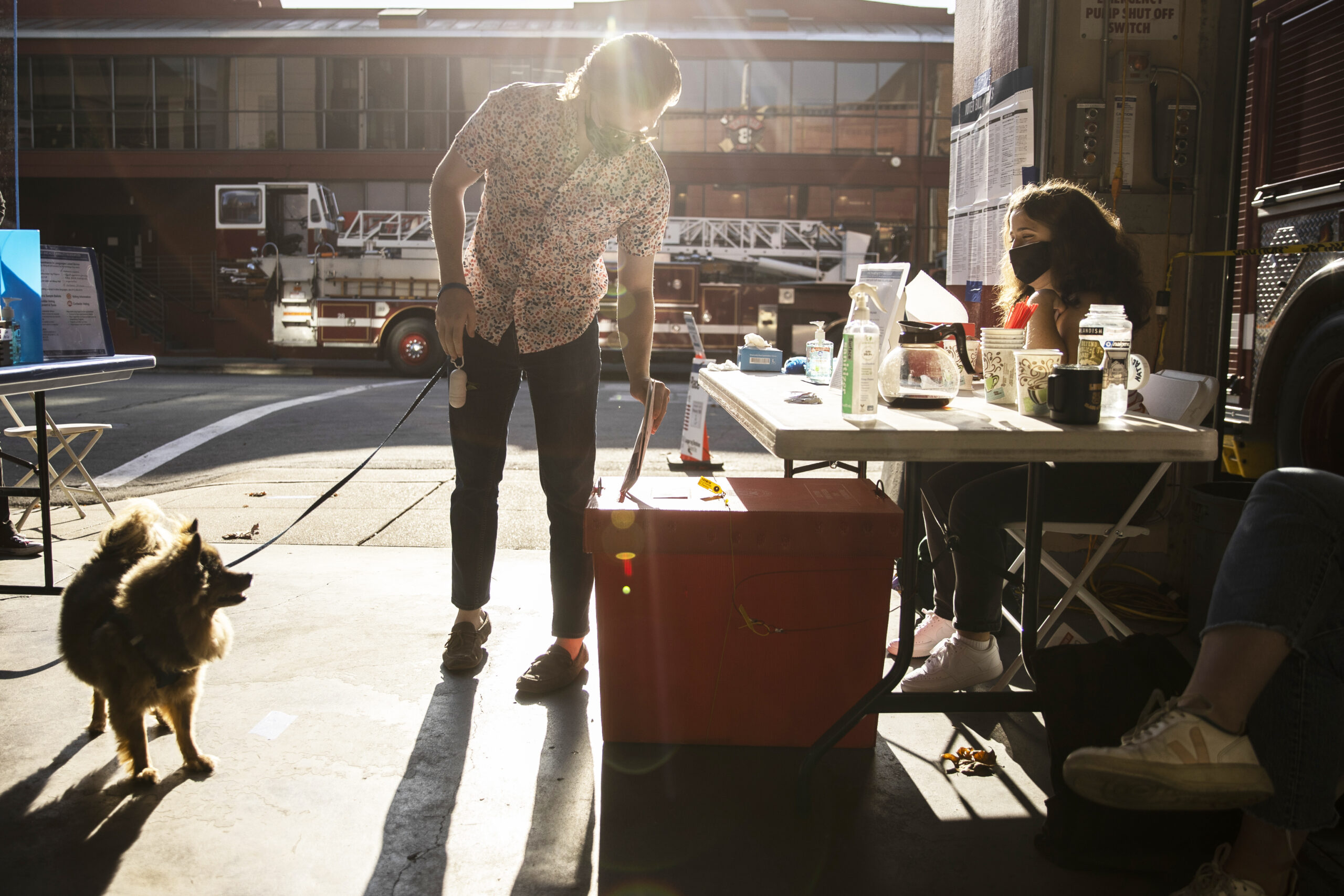With a week and a half left until the June 7 election where voters will decide on the DA recall, things still look grim for Chesa Boudin.
Not only has poll after poll predicted his political demise, but, so far, more conservative areas show higher voter turnout than their progressive counterparts.
But with vote-by-mail turnout at 11.3% as of May 26—the lowest this year at this point pre-election—experts say Boudin will have to work some campaign magic and get his base to come through. The last-minute votes may be in his favor: when he won in 2019, he garnered by far the most day-of votes.
“The only way he survives is if nearly everyone who supports him turns out,” longtime SF political analyst David Latterman said. “Minds are made up at this point. Maybe there are a few swing voters, but not many. It’s all about whether his campaign is any good and if they can turn out supporters.”
In this marathon election year with four elections, San Francisco voters appear to be tired. Vote-by-mail turnout lags behind both prior elections this year—at 11.3% compared to 14% at this same point in time before the February election and 13.45% at this same point in time before the April election.
And early voter turnout data from the election department shows that conservative voters are turning out more than progressives. The two districts with the highest turnout so far are 2 and 7, two of the more conservative districts in San Francisco, according to the progressive voter index.
And two of the most progressive districts, 5 and 9, where Boudin won handily in 2019, both have lower-than-average turnout at 10.22% and 9.70% percent, respectively.
Republicans are seeing a much higher than average turnout at 15.25%, versus the average of 11.3%, indicating that this recall is an important issue to them. By contrast, in April’s state assembly election, Republican turnout was 5% behind average turnout.
Another demographic that has indicated dissatisfaction with Boudin is the Asian American population, which in The Standard’s poll indicated they were 10% more likely to support the recall than the average respondent. And Asian-language ballots (though they would not include the entire Asian-American population), are seeing higher-than-average turnout.
Elections like June’s with key statewide positions on the ballot, including senator and governor, typically drive more turnout. For instance, the Newsom recall saw 68% turnout. The June 2018 statewide primary election, where the positions up for election were very similar to the upcoming June election, saw 53% turnout.
But the difference here is that there aren’t any top-of-the-ticket seats that are actually contested, Latterman said.
“We’re all tired of this crap,” he said. “Chesa is our tempest in a teapot, but no one really cares all that much.”
